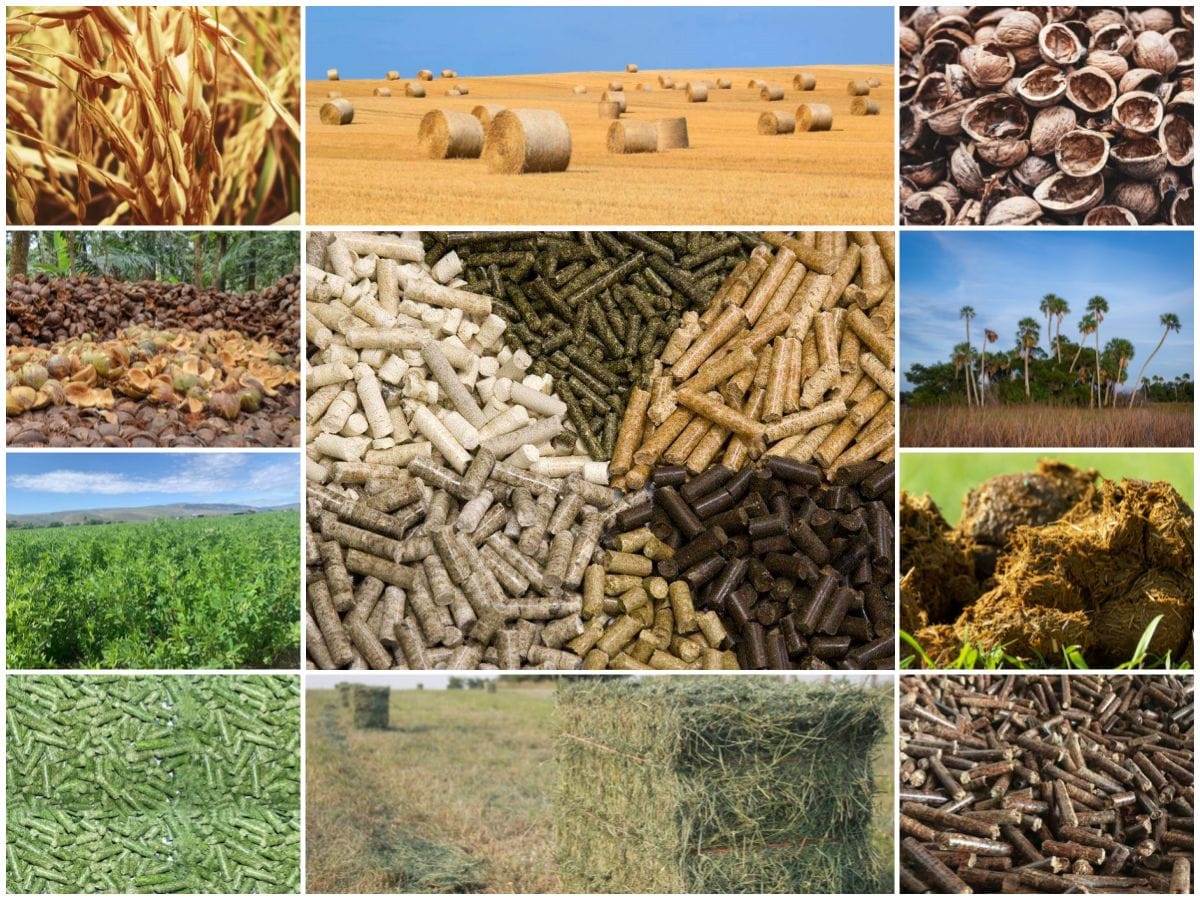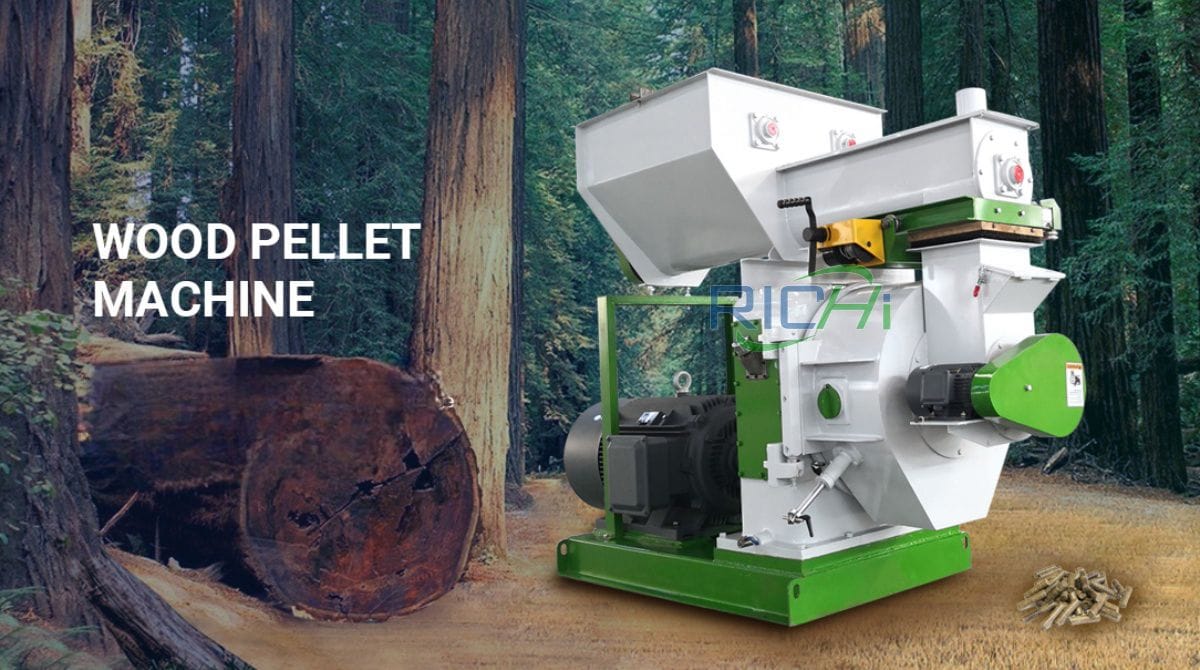Based on the search results provided, the key steps involved in constructing a wood pellet plant are as follows:
- Site Selection and Preparation:
- Identify a suitable location with access to biomass feedstock sources and transportation networks.
- Prepare the site by clearing land, grading, and installing necessary infrastructure like access roads, utilities, and drainage systems.
- Plant Layout and Design:
- Design an optimized plant layout that facilitates efficient material flow, minimizes waste, and ensures worker safety
- Incorporate different sections like feedstock receiving, preprocessing, pellet production lines, cooling/screening, and packaging/loading areas
- Feedstock Handling and Preprocessing Systems:
- Construct systems for receiving, storing, and preprocessing raw biomass materials
- Install equipment like conveyors, silos, dryers, and grinding mills (hammer mills, chippers) for size reduction
- Pellet Production Line:
- Set up the core pelletizing system with machinery for conditioning, pelleting, cooling, and screening
- Install pellet mills (flat die or ring die), conditioners, coolers, and screening equipment
- Auxiliary Systems and Infrastructure:
- Establish utility systems (electricity, water, natural gas) to power the plant
- Construct wastewater treatment facilities for effluent management
- Install air pollution control systems for emission mitigation
- Implement fire protection systems like sprinklers and alarms
- Set up control and monitoring systems for process oversight
- Commissioning and Start-up:
- Conduct thorough testing and verification of all systems and equipment
- Implement comprehensive training programs for plant personnel
- Continuous Improvement and Sustainability:
- Plan for regular maintenance, upgrades, and process optimization
- Explore opportunities for energy conservation, waste reduction, and renewable energy integration
The specific construction details may vary based on factors like plant scale, production capacity, feedstock types, and local regulations. However, these are the essential steps outlined in the search results for setting up a functional and efficient wood pellet manufacturing plant.
what are the raw materials required for a wood pellet plant?
According to the search results provided, the main raw materials required for a wood biomass pellet plant are:
- Wood residues from forestry and wood processing industries:
- Sawdust
- Wood shavings
- Wood chips
- Bark
- Twigs
- Wood dust
- Waste wood from wood processing and wood-based panel industries
- Agricultural residues and crop wastes:
- Crop straws (wheat, rice, maize, cotton, etc.)
- Peanut shells
- Rice husks
- Corn stalks
- Bagasse
- Grass
- Alfalfa
- Leaves
- Empty fruit bunches (EFB) from oil palm industry
- Other biomass materials:
- Waste papers
- Household garbage (combustible fraction)
The key requirements for the raw materials are:
- Moisture content between 14-20%, ideally around 12%
- Size less than 5mm, or smaller than the pellet size
- No need for additional binders, as lignin in biomass acts as a natural binder
The raw materials may need preprocessing like drying, size reduction (using hammer mills, chippers, crushers), and sometimes mixing different materials together for optimal pelletizing properties.Wood pellet production lines can utilize a diverse range of biomass feedstocks from forestry, agriculture, and other industries, allowing for resource optimization and sustainable production of wood pellets as a renewable energy source










